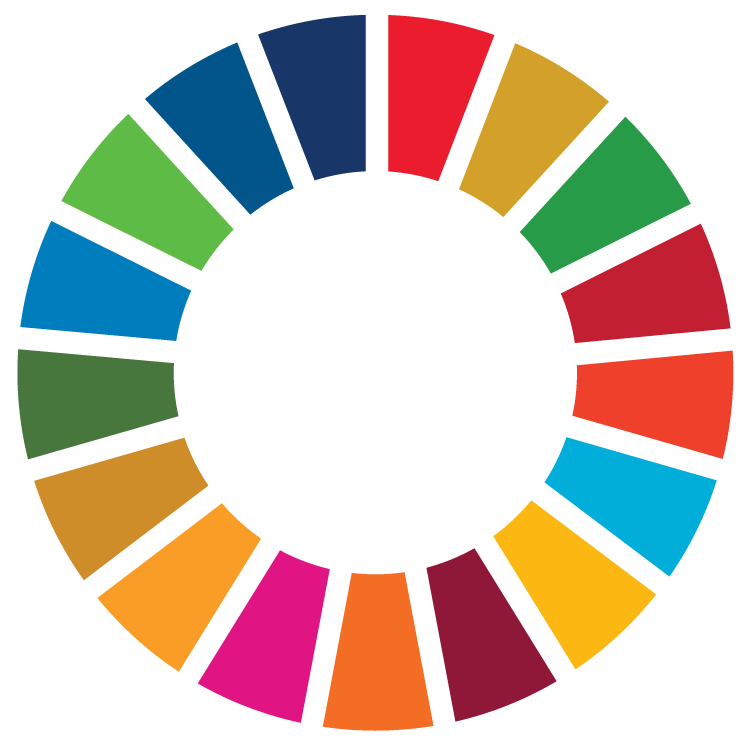
Text original
Aquesta assignatura s'imparteix en català. El text original d'aquest pla docent és en català.
Texto traducido
Esta asignatura se imparte en catalán. El plan docente en español es una traducción del catalán.
La traducción al español está actualizada y es equivalente al original.
Si lo prefieres, ¡consulta la traducción!
Text created with automatic translation
The language of instruction of this subject is Catalan. The course guide in English is an automatic translation of the version in Catalan.
Automatic translation may contain errors and gaps. Refer to it as non-binding orientation only!
Course
Multimedia. Applications and Video Games
Subject
Gamification
Type
Optional (OP)
Credits
3.0
Semester
2nd
| Group | Language of instruction | Teachers |
|---|---|---|
| G15, classroom instruction, mornings | Catalan | Sergi Grau Carrión |
Sustainable Development Goals (SDG)

- 4. Quality education
- 16. Peace, justice and strong institutions
Objectives
The aim of this subject is to acquire the knowledge related to the concept of gamification and gamification techniques applied in different sectors, as well as being able to design and apply a gamified experience for a specific environment.
Learning outcomes
- Integrates game principles into application development.
- Implement multimedia projects.
- Demonstrates ability to communicate and disseminate multimedia projects using the audiovisual language and its different resources in Catalan, Spanish or English.
- Communicates knowledge, methodology, ideas, problems and solutions to all types of audiences (specialized or not) in a clear and precise manner.
- Apply creative resources to solve problems in the development phase of a comprehensive project.
- Globally evaluates the learning processes carried out in accordance with the plans and objectives set out and establishes measures for individual improvement.
Skills
General skills
- Combine scientific knowledge with technical skill and technological resources to deal with difficulties in professional practice.
Specific skills
- Know about theory, requirements and basic aspects for conceptual design of games.
- Organize, design and implement multimedia projects that ensure meeting prior specifications on the basis of needs and available resources.
Basic skills
- Students can apply their knowledge to their work or vocation in a professional manner and have competencies typically demonstrated through drafting and defending arguments and solving problems in their field of study.
Content
- Basic concepts of gamification
- Psychology of motivation
- Design of gamified experiences
- Evaluation of gamified experiences
- Applications of gamification
Evaluation
The assessment is based on continuous monitoring of the student's academic work throughout the course. Active attendance in the classroom, participation in teamwork, the presentation and exhibition of individual or group work or reports are evaluated.
- Project development: 40%; recoverable
- Evaluable tests: 20%; non recoverable
- Presentation of results: 20%; non recoverable
- Follow-up of the subject: 10%; non recoverable
- Participation: 10%; non recoverable
Methodology
The subject has a theoretical part and a practical part. In the class sessions, the general theoretical knowledge is explained and the progress of the work is monitored, as well as the independent activities.
Bibliography
Key references
- Andrzej Marczewski (2015). Even ninja monkeys like to play: Gamification, game thinking & motivational design. Dutch Driver.
- Jacobo Feijóo, David Hernantes (2017). Lean Gamification: Crea productos exitosos y motiva el deseo de tus clientes. FC Editorial.
- Kevin Werbach, Dan Hunter (2014). Gamificación: Revoluciona tu negocio con las técnicas de los juegos (2 ed.). Pearson.
- Mihaly Csikszentmihalyi (2016). Flow: Una psicología de la felicidad (2 ed.). Kairós.
- Yu-Kai Chou (2014). Actionable Gamification: Beyond Points, Badges and Leaderboards. Octalysis Media.
Further reading
Teachers will provide complementary bibliography and compulsory reading throughout the course via the Virtual Campus.